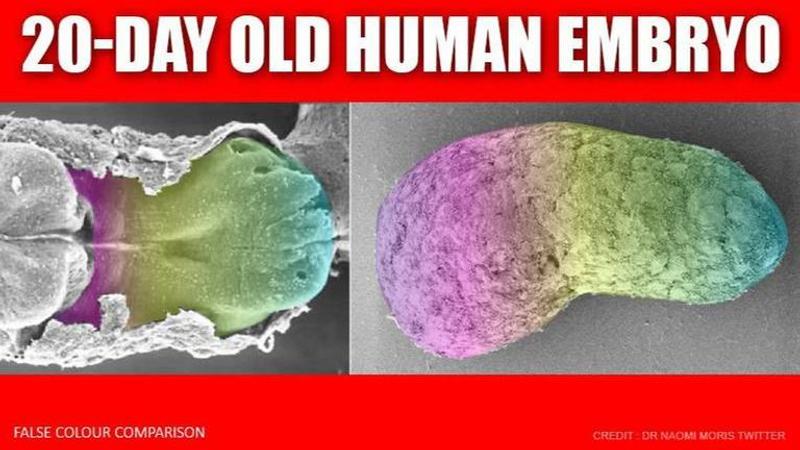Published 18:12 IST, June 11th 2020
Scientists develop human embryo 'blueprint' using stem cells
The human development process was until now hidden from the view because of legal and ethical restrictions that prevented scientists from developing embryos.

In a first, scientists have developed a test-tube model of how the human body is developed inside an embryo through the process of gastrulation. The human development process was until now hidden from the view because of legal and ethical restrictions that prevented scientists from developing embryos in a lab beyond 14 days. However, the recent achievement of scientists from Cambridge University and the Netherlands-based Hubrecht Institute will allow people to witness the never-seen-before process.
Human embryo blueprint
In the study published in the journal Nature, authors suggest that "human cells can be used to generate gastruloids, three-dimensional multicellular aggregates that differentiate to form derivatives of the three germ layers organized spatiotemporally, without additional extra-embryonic tissues." A human body development takes through the process of gastrulation, which forms three important systems of an infant inside a woman's body, nervous, musculoskeletal, and digestive. That is the process now people will be able to witness because of the recent development.
Scientists developed the 3D model of human embryo blueprint after some experiments using stem cells of zebrafish and mice. The study was supervised by Alexander van Oudenaarden of Oncode Institute, Hubrecht Institute-KNAW (Royal Netherlands Academy of Arts and Sciences), and University Medical Center Utrecht, Utrecht, The Netherlands and Alfonso Martinez Arias of Department of Genetics, University of Cambridge, Cambridge, UK.
Updated 18:12 IST, June 11th 2020



